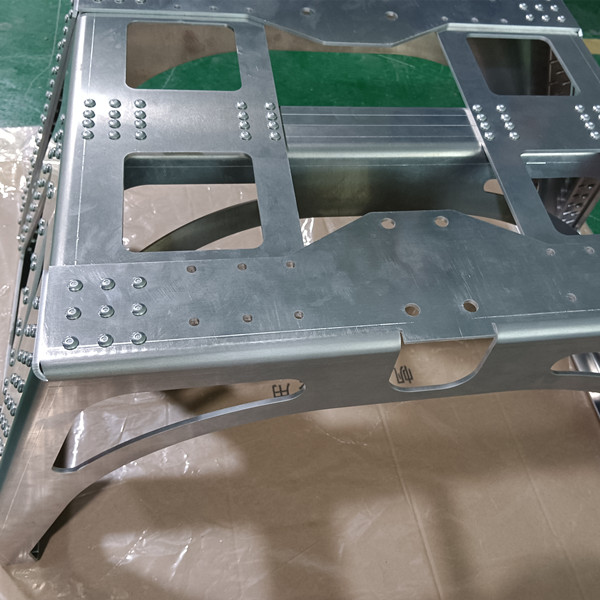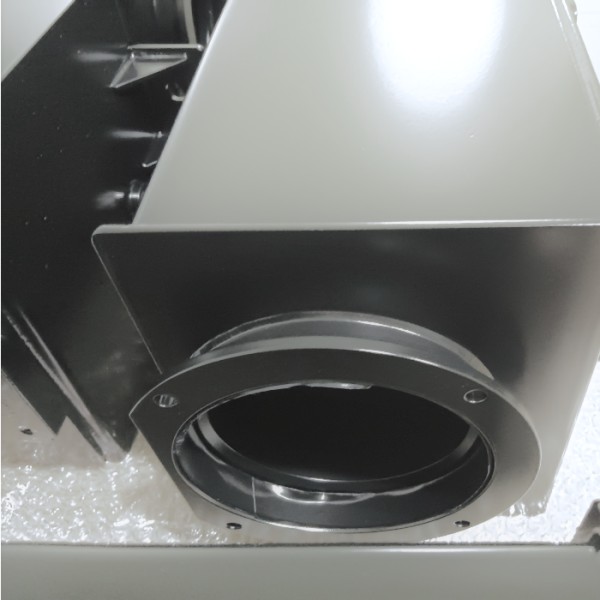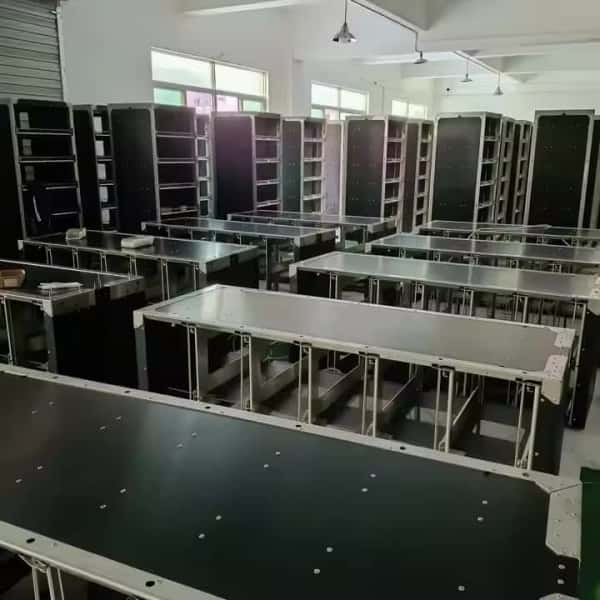|
1. Determine the Material Type
Different metals respond better to specific welding processes:
Mild Steel: MIG, TIG, or Spot Welding
Stainless Steel: TIG (best for thin sheets) or Pulsed MIG
Aluminum: AC TIG (best for thin sheets) or MIG with a spool gun
Galvanized Steel: MIG (with proper ventilation) or Resistance Welding
2. Consider Sheet Thickness
< 1.5mm (18 gauge or thinner):
TIG Welding (best for precision, minimal distortion)
Pulsed MIG (faster than TIG but requires skill)
Resistance (Spot) Welding (for overlapping joints)
1.5–3mm (16–12 gauge):
MIG (Short-Circuit Transfer) (faster, good for production)
TIG (if high-quality finish is needed)
> 3mm (thicker than 12 gauge):
MIG (Spray Transfer) or Stick Welding (if appearance is not critical)
3. Evaluate Joint Design & Fit-Up
Butt Joints: TIG or MIG with backing support
Lap Joints: Spot welding or stitch welding
Edge Flange Joints: TIG for clean, controlled welds
Corner Joints: MIG for speed or TIG for precision
|
4. Assess Production Needs
Low Volume / High Precision (e.g., automotive repair, aerospace): TIG
Medium-High Volume (e.g., HVAC, enclosures): MIG or Spot Welding
Mass Production (e.g., automotive panels): Robotic MIG or Resistance Welding
5. Control Heat Input & Distortion
Thin Metals (<1mm): Use pulsed welding, skip welding, or heat sinks.
Dissimilar Thicknesses: TIG for better control over heat distribution.
Large Panels: Tack weld first, then use stitch welding to minimize warping.
6. Test & Optimize Settings
Conduct Test Welds: Adjust amperage, wire speed, and gas flow.
Check for Defects: Look for burn-through, porosity, or cracking.
Fine-Tune Technique: Adjust travel speed and torch angle.
Quick Selection Guide
Factor Best Process Alternative
Thin (<1.5mm) TIG Pulsed MIG, Spot Welding
Medium (1.5–3mm) MIG (Short-Circuit) TIG (if high quality needed)
Thick (>3mm) MIG (Spray Transfer) Stick (if appearance not critical)
Aluminum AC TIG MIG with Spool Gun
Stainless Steel TIG or Pulsed MIG Spot Welding (for overlaps)
High Production Robotic MIG / Resistance Welding
|



